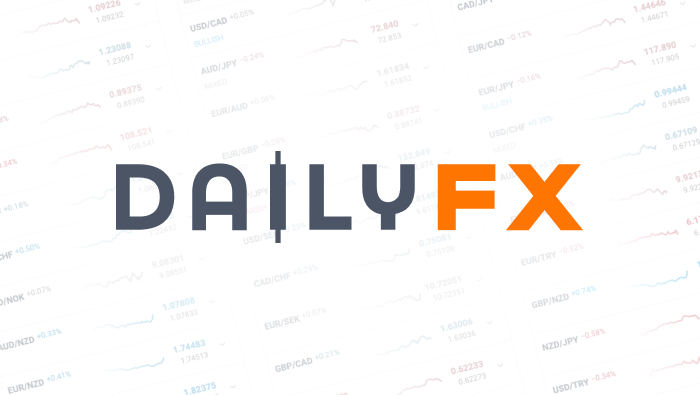To receive Ilya's analysis directly via email, please SIGN UP HERE
Talking Points:
- AUD/USD Technical Strategy: Flat
- Australian Dollar stalls after rising to 3-month high vs. US counterpart
- Lack of actionable trade signal argues against taking up exposure for now
The Australian Dollaris locked in a narrow range, digesting gains after jumping to the highest level in three months against its US counterpart. While prices have enjoyed impressive gains since bottoming in late December, the longer-term trend seems to favor a bearish bias.
From here, a daily close above the 38.2% Fibonacci expansion at 0.7683 paves the way for a challenge of the 50% level at 0.7736. Alternatively, a move back below the 0.7609-18 area (January 24 high, 23.6% Fib) opens the door for a retest of support-turned-resistance at 0.7498.
A clear-cut trade setup seems to be absent at this time. The pair is struggling to maintain upside momentum – arguing against taking up the long side – but the absence of an actionable bearish reversal signal means entering short is probably premature. With that in mind, opting to remain flat appears most attractive.
Join the AUD/USD outlook webinar LIVE to see what drives prices each week!








